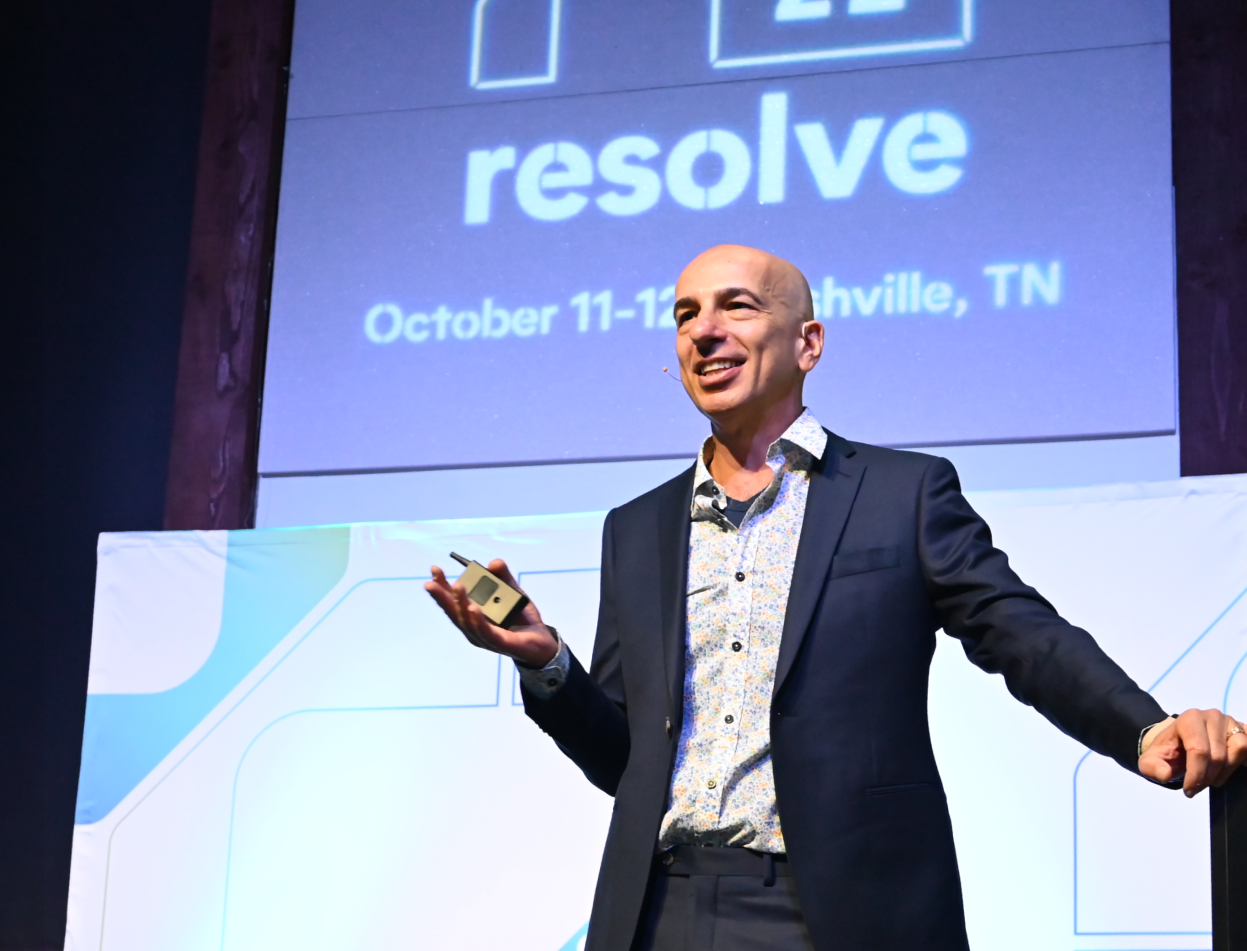As the pressure to implement AI grows, success for most contact centers will be defined by their ability to navigate a complex environment where the wrong decisions can have long-term detrimental effects.
Our latest guide, How to Harness the Power of GenAI While Avoiding CX Risks, is designed to help contact center leaders sort through the intricate world of AI solutions, offering a detailed look at four of the most common approaches and illuminating the biggest risks to avoid with each.
By focusing on informed decision-making, this guide will empower leaders to harness the benefits of GenAI without falling into common pitfalls that can set you back years.
The biggest risks of GenAI add-ons to CCaaS platforms
GenAI solutions that are offered as add-ons to existing CCaaS platforms can improve the capabilities of your existing tech stack, providing functionalities like agent assist, predictive actions, and advanced data analytics.
However, what’s gained in brand recognition and native integration is often outweighed by sacrifices in performance, as many add-ons offer only a fraction of the value seen with AI-first solutions.
Limited performance: CCaaS providers often white-label generic conversation AI models that aren’t suited to effectively resolve complex issues across channels. In addition, add-ons may not offer the flexibility needed to tailor the solution to specific business needs or customer interactions. As a result, many contact centers find that add-ons quickly fall behind the pace of advancement taking place in AI as a whole, limiting the effectiveness of their solution.
Dependency on multiple providers: CCaaS bots are not always natively embedded despite being offered as part of a single ecosystem. This means contact centers will have to rely on their own resources or third-party vendors to integrate and design their AI solutions. Contact centers should have a clear understanding of the telephony and API integrations needed to launch a CCaaS add-on and the support that will be provided to develop these connection points.
Misaligned incentives: At their core, CCaaS providers aren’t focused on reducing agent call volumes, with their main line of business centering on providing agents with productivity tools and features. As a result, AI add-ons are less commonly focused on call resolution and instead aim to make transfers more efficient or help agents answer and complete more calls faster.
Limited experience: Although CCaaS providers have been in the market for years, the fields of conversational and generative AI are extremely new, with entirely different factors for success. Solution providers that demonstrate both contact center experience as well as a commitment to AI research and development are able to provide higher GenAI success and more regular performance improvements that match the state of technology.
GenAI features should significantly lower agent volumes
Ultimately, the risk of settling for a CCaaS add-on solution comes down to performance. AI is projected to save contact centers more than $80 billion by 2026 due to its ability to offload the majority of tier-1 calls from agents.
However, contact centers that opt for solutions which can’t significantly reduce agent esclations won’t capitalize on these efficiency gains and will find themselves overly reliant on hiring, training and staffing agents to meet demand.
Get the full guide
When done right, GenAI holds the potential to drastically improve both customer experiences and contact center operations. But when done wrong, there are countless ways organizations can put their callers, their brand and their bottom line at risk.
Download the full guide and learn how to harness the power of AI while gaining full peace of mind by building the right strategy for your organization:
📘 DOWNLOAD | Don’t Get Burned: How to Harness The Power of GenAI While Avoiding CX Risks





